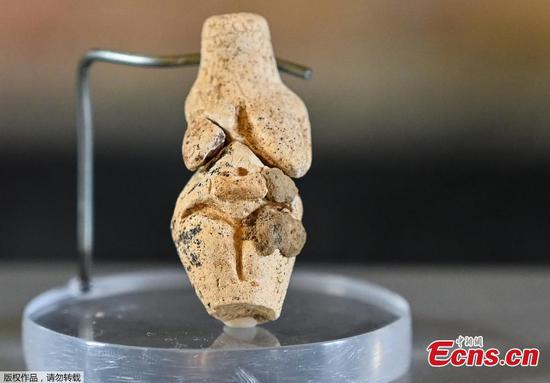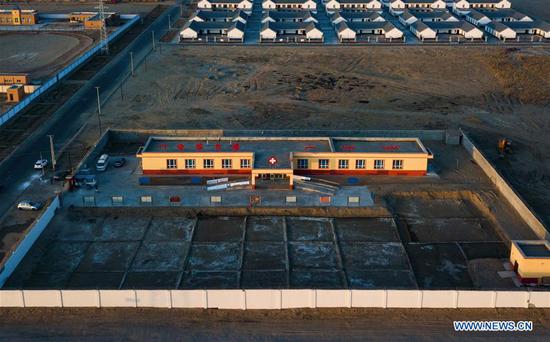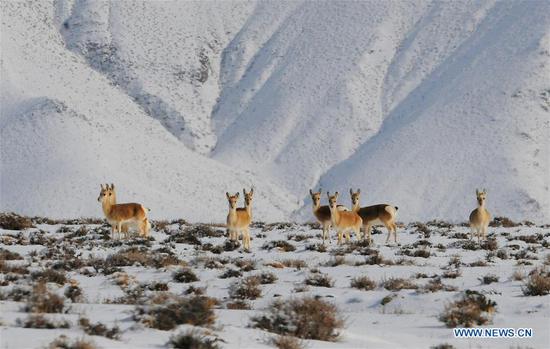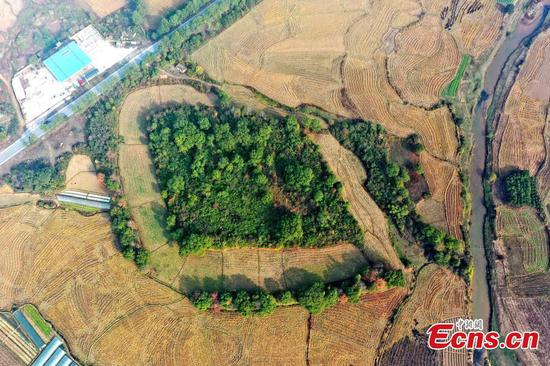East China's Jiangxi Province decided to release its pandas to the wild, making it the second province to do so after Southwest China's Sichuan Province.
According to China's Fourth Giant Panda Survey, China has approximately 33 isolated small populations of pandas. These fragmented habitats are adverse to efficient communication between different populations. Releasing pandas into the wild is believed to be the most important and rapid way to solve the problem.
According to the Big Earth Data in Support of the Sustainable Development Goals released by the Chinese Academy of Sciences (CAS) in September, giant panda habitats have become increasingly smaller and fragmented from 1976 to 2013. Data released by China's forestry ministry shows that by the end of 2017, nine giant pandas returned to the wild, and seven of them survived.
According to research, a mature panda needs 6,300 kilogram of fresh bamboo and bamboo shoots every year.
For scattered wild animals that dwell outside the conservation zones, the major challenge is starvation, since fresh bamboo is scarcely distributed.
They need to drink at least once a day. However, they are not able to drink water in a streamlet because of their large heads, wide mouths and short necks.
Pandas trek long distances to find water in a big pond or water pool, said Li Yongzheng, an official of a social association on giant panda ecology in Sichuan.
Additionally, caves for pandas to breed are rare since female pandas have rather high requirements for breeding grounds.
Besides returning to the wild, Wei Fuwen, a CAS member, suggests building corridors to reinforce connectivity among small populations and allow pandas to communicate more naturally.


















































